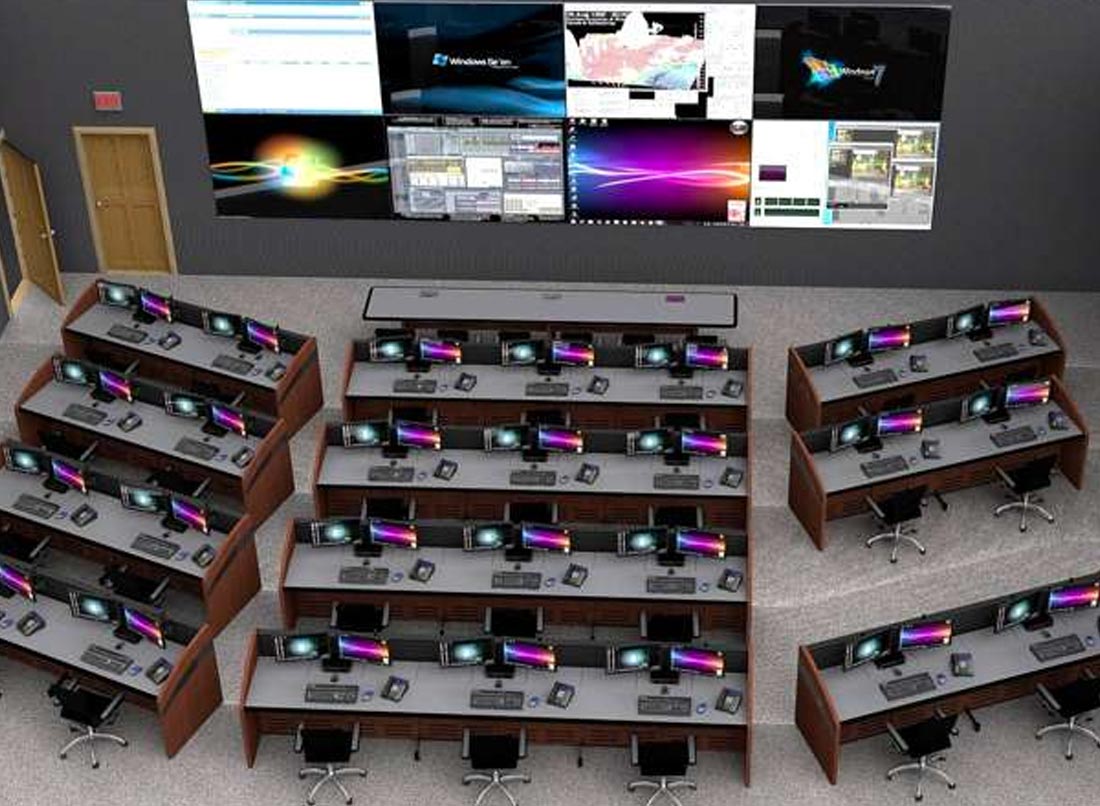Small or Large, Your Business Needs a Video Wall Controller
A video wall controller, also known as a video wall processor, can handle and control all of the inputs and displays on a small or large video wall, saving you money and ensuring that your display looks exactly the way you want it to. This handy device not only makes it easy to add new displays to your video wall, but also makes it simple to update those displays with new information or data at any time in the future, even if you’re not in the office. However, not all video wall controllers create equal; there are several factors that make one controller better than another.
The Benefits of Being Able to Use Video Walls
- A video wall controller can make your business look more high-tech and modern.
- A video wall can help you save space because you can display multiple images on one screen.
- A video wall system can be used for advertising or displaying information in a public space.
- Video walls use to display live feeds of events or conferences.
- You can use a video wall to create a virtual tour of your business or product.
- A video wall can be used as an interactive display for customer service or training purposes.
- Using a video wall can help you save money on energy costs because it uses less power than traditional LCD screens.
How to Use a Video Wall Processor
Video wall processors use to control video wall screen. A video wall system is made up of multiple screens place next to each other to create one large display. Video wall processors can handle and control all of the inputs and displays on a small or large video wall system.
What Makes Up a Video Wall Processor?
A video wall processor is made up of several different hardware and software components that work together to power a video wall. The most important hardware component is the display controller, which is responsible for generating the images that are displayed on the video wall screens. The display controller connect to a computer that runs the video wall software. The software controls the display controller and allows you to manage the images that are displayed on the video wall.
The Particulars of Using One
If you’ve been thinking about integrating a video wall into your business but aren’t sure where to start, this post is for you. A video wall controller is the brains behind the operation, handling everything from input to output on the video wall screen. The first thing to consider when purchasing one is the number of displays that will be in use simultaneously. For small setups, less than four screens control by a single unit; for larger installations with more than 16 screens. It’s best to have multiple controllers in place and connect with Cat6 cables for fast response times. One important thing to keep in mind: don’t neglect audio! While many controllers offer both built-in speakers and an audio out jack (usually 3.5mm). Make sure you purchase an additional amplifier or speaker system if you need more power.
How To Find The Right One For You
There are a few things you’ll want to consider when choosing a video wall controller for your business. First, think about the size of your video wall. If you have a small video wall, you’ll need a controller that can handle a smaller number of inputs and outputs. Second, consider the resolution of your displays. You’ll want to make sure your controller can handle the resolution of your highest-resolution display. Third, take into account the number of displays you have in your video wall. The more displays you have, the more powerful your controller will need to be. Fourth, think about any special features or functions you might need from your controller. Fifth, consider your budget.’

